Backpacking 101: How to Prepare for Your First Backcountry Camping Trip

(Words and Photos: Mecca R. Dennehy)
Backpacking is an incredible way to experience the backcountry. It’s camping but a thousand times better than your regular car camping at a 100-site campground. Being able to pack everything you need into a backpack and set out on an adventure is one of the most freeing feelings there is. Plus, being away from crowds, electronics, and the stress of everyday life, will make you feel more relaxed and refreshed than ever before. While planning your first backpacking trip does take some time, patience, and know-how, this guide will be sure to jump-start the initial stages and get you on the trail sooner than you think.

Where to Go (Planning Your Backpacking Trip):
The first thing to decide on when planning your first backpacking trip is where to go! A great tip for beginner backpackers is this: choose a trail that you can easily do in a day and preferably one that you’ve done before. While you may be tempted to challenge yourself with a 30-mile thru-hike, start with a shorter trail (don’t worry, you’ll work your way up to those long thru-hikes sooner than you think!) so in case you forget a key item in your car, get hurt, run into wildlife, or simply just need to get back to safety, you can easily make your way back to your car. Plus, hiking 4 miles with a heavy backpack is way harder than hiking 4 miles on a day-hike, so not pushing yourself too hard on your first backpacking trip is key to success.
Before you head out on your adventure, do some research on your selected backpacking trail: are the roads open and can your car make it? Is the trailhead easily spotted? Do you need to fill out a permit? Where is your water source? These are all questions you can easily get answers to by doing some Google searches! We also love the AllTrails app, where you can download trail maps, record your hike (and view other people’s trail recordings!), and read reviews to see how the roads are, expectations of the hike, etc. etc.

What to Bring (Gear Essentials):
Aside from picking where to explore, the next thing you need to decide is what to bring. Most beginner backpackers pack more than they actually need and end up hauling extra pounds with them the entire trip. So, a great tip for your first backpacking trip is to create an essential gear list of all the things you know you’ll need. Then, if you have room to spare, you can pack along an extra item or two. For an example, here’s my essential gear list:
- Water purification tablets
- Reusable water bottle
- Waterproof matches
- Lighter
- Firestarters
- Map printout of your hiking area
- Compass
- Camp stove kit and extra fuel
- Camp towel
- Dehydrated meals
- Protein bars
- Paracord
- Dry bags
- First-Aid kit
- Knife
- Sleeping bag
- Sleeping pad
- Inflatable pillow
- Tent
- One full outfit
- A lightweight jacket
- Headlamp
- Essential toiletries: toothbrush, toothpaste, deodorant, biodegradable toilet paper, eco-friendly body soap, bug spray and sunscreen.
Once I have all of my essential items in my bag, I try to fit in any extra items I can; extra clothes, a pair of sandals so you don’t have to always strap up your hiking boots every time you want to casually walk around your campsite, a camera, a book to read by the fire, or extra snacks. A foldable chair is also great to have since a lot of camp spots in the backcountry don’t have picnic tables!

How to Pack:
Now, you may be wondering what the best way is to fit all of your gear into your pack. While there’s no right or wrong way to pack a backpack (just as long as you get everything you need to fit!), our favorite backpack tip is this: use dry bags to organize your items. Really, you can use any type of bag, but dry bags are the most useful for the backcountry. Put your clothing in one, your toiletries in another, your food in one, and your tools (lighter, knife, etc) in another; separate your gear however you see fit, and put a label on them. Then, whenever you need something out of your pack, you can easily find the dry bag that it’s in instead of rummaging around and ending up having to pull everything out of your bag! In terms of what order to pack your bag, use this rule of thumb: pack what you need or might need at the top, and what you won’t need until you get to camp at the bottom. If you can, put heavy or dense items towards the middle to disperse the weight. And, of course, use any exterior straps to your advantage! I always try to strap my sleeping pad or sleeping bag to the outside. Also, take advantage of all the exterior pockets of your pack! They are great for handy items like chapstick, sunglasses, or your knife.

How to Train: Ways to get in shape (You’ll be carrying 25+ pounds on your back and walking a lot on uneven terrain.)
Once you have your backpack neatly packed and ready to hit the trail, do some trial runs before you head out into the backcountry. If you feel comfortable carrying the full weight of your backpack, start carrying it on small hikes. If it feels like a lot to carry, there’s no harm in starting with half the weight and gradually adding items until you feel confident carrying the full pack! If your planned backpacking trail has a lot of elevation gain, try to practice on trails with similar terrain. You’ll be glad you took the extra time to train once you make it to your campsite with ease!

What to Eat (Meal Prep):
When it comes to packing food for your backpacking trip, less is more. While you may be tempted to pack ingredients to whip up delicious campfire meals for every meal, grab some dehydrated meals instead to lighten the load and save space. A few of our favorite brands are Mountain House, AlpineAire, and Backpacker’s Pantry and all you need to do is add hot water!
If you don’t want to purchase dehydrated meals for every meal (they can get pricey!) a few simple recipes we love to munch on after a long day of adventuring are:
- Peanut butter and jelly sandwiches: grab some travel-size packets of peanut butter and jelly and pack some slices of bread and you’re good to go!
- Banana and instant oatmeal: slice up a banana, add some hot water to an instant oat packet or simply stir 1 cup of boiling water and ½ cup of rolled oats! Add in a handful of nuts too for extra energy.
- Egg avocado toast: either bring raw eggs safely packed in a small top pocket, or bring hard boiled eggs. Add some slices of avocado onto some bread and plop an egg or two on there and you’re good to go!
- Top Ramen with a hard boiled egg will warm you up and give you some protein.
- Instant potatoes, boiled broccoli, and bacon bits make a great dinner!

How to Act (Leave No Trace, Trail Etiquette):
Another tip for beginner backpackers is the practice of Leave No Trace, or LNT. These 7 principles were established by the Leave No Trace Center for Outdoor Ethics to help adventurers have minimum impact on the outdoors. The principles are: plan ahead and prepare, travel and camp on durable surfaces, dispose of waste properly, leave what you find, minimize campfire impacts, respect wildlife, and be considerate of other visitors.
While we already went over the first Leave No Trace principle, we thought we’d touch on a few of the other principles in terms of backpacking. First, always make sure you camp in designated camp spots (usually designated by a flat area for your tent and a campfire ring). Second, bring a shovel and either pack out your toilet paper or use eco-friendly toilet paper (just be sure to bury it deep enough!). Know the fire restrictions in your area and abide by them, and be sure to hang your food bag (with your handy dandy paracord from your essential gear list!) and keep trash away from your tent so you don’t attract unwelcome visitors. By following these simple guidelines, you can enjoy the beauty of the backcountry and not make a negative impact.

How to Stay Safe:
Speaking of unwelcome visitors, here are a few handy tips for backcountry safety: do your research on what types of wildlife are in your area and know how to properly act if you ever encounter them on trail. Always stay calm and walk (don’t run!) away from the animal. Another great tip for first-time backpackers is to try and make some noise while on trail. This may feel funny, but making some noise (chatting with your adventure partner, talking to your dogs, or even singing your favorite song) will notify any nearby wildlife you’re nearby. You can also hang a bell from your backpack to jingle as you walk.
But, wildlife is not the only thing you need to prepare yourself for safety-wise in the backcountry! Knowing basic first-aid is always a good idea in case you or anyone in your group needs medical attention. The same goes for your furry friends! Knowing how to treat cuts and scrapes on dogs, knowing how to administer meds like Benadryl if they have an allergic reaction to a bite, or having hydrogen peroxide and an oral syringe on hand in case they eat something they shouldn’t can be life-saving!

Bonus Tips:
Now, we know we’ve given you a lot of information to remember for your first backpacking trip. But, we wanted to give you one more bonus tip, which is this: be present. Remember, this trip is for you to experience the backcountry, relax in the wild, and be present and bask in all the beauty. Don’t spend the day trying to hike twenty miles if you’re only trained for 5, or worrying about all the emails you’ll have to answer when you get back into service. This time is for you to be present with your dogs, your favorite adventure buddies, or just you and mother nature.

While the backcountry can be a challenging place, it can also be a place full of reward. Being outdoors is such a privilege and being able to fully experience the beauty of the backcountry can be life-changing. I promise you, if you take these tips to heart, you’ll come back from your first backpacking trip feeling like you can accomplish anything and everything. Just remember your essential gear list, do some practice hikes with your pack, start on an easy trail, and make sure to make the most of your time out in the beautiful backcountry!
-
Shop the gear from this post:




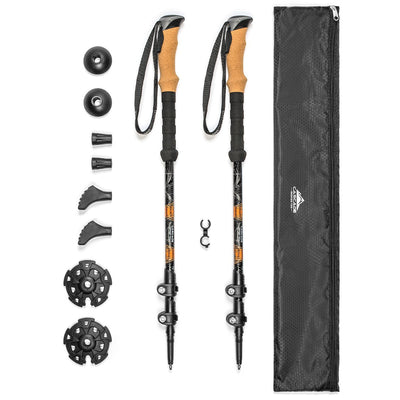
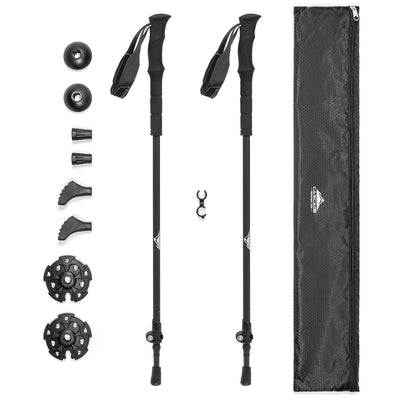
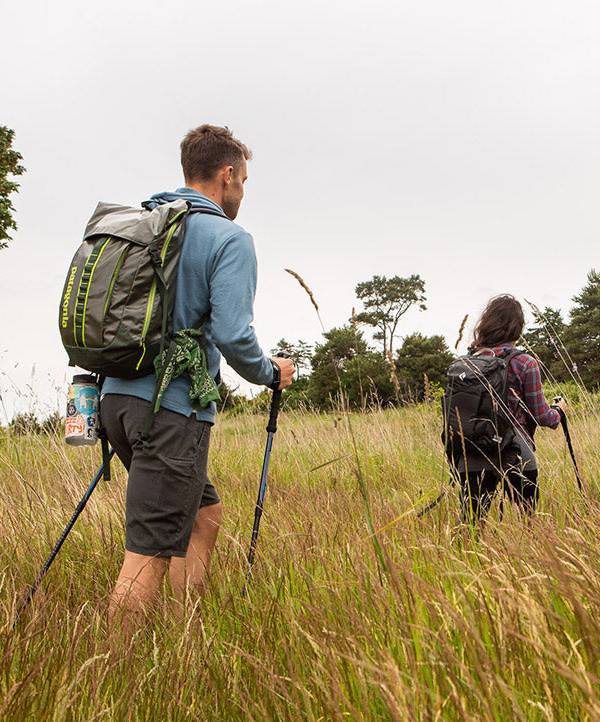
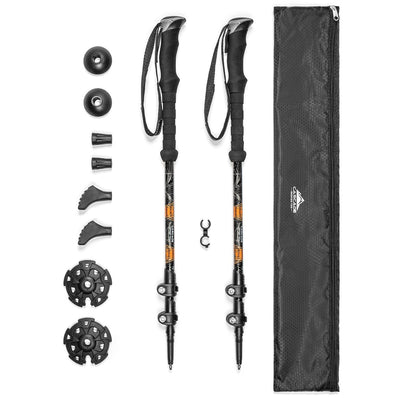
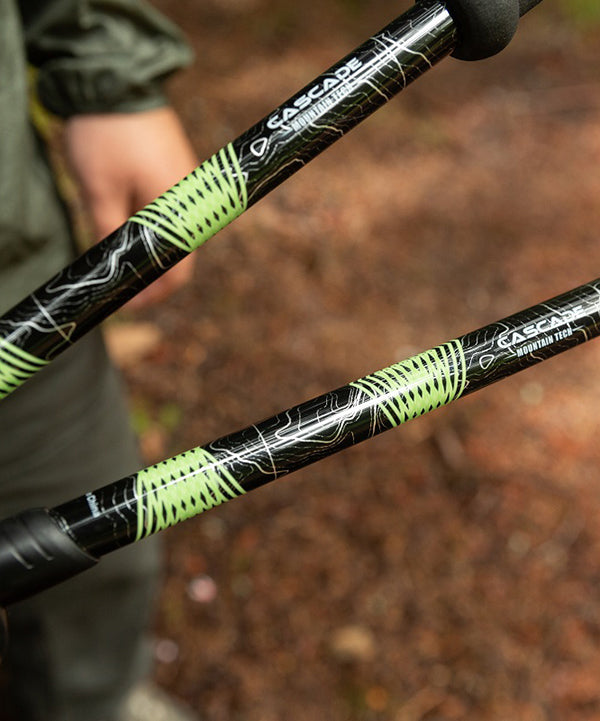
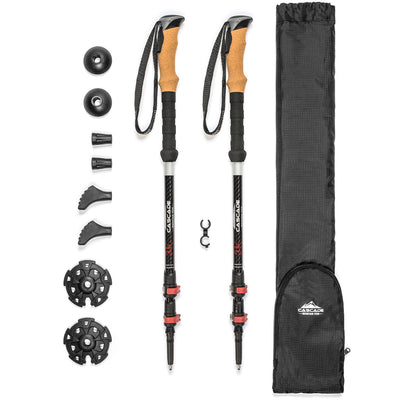
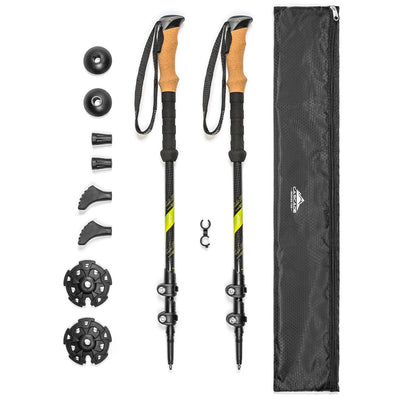
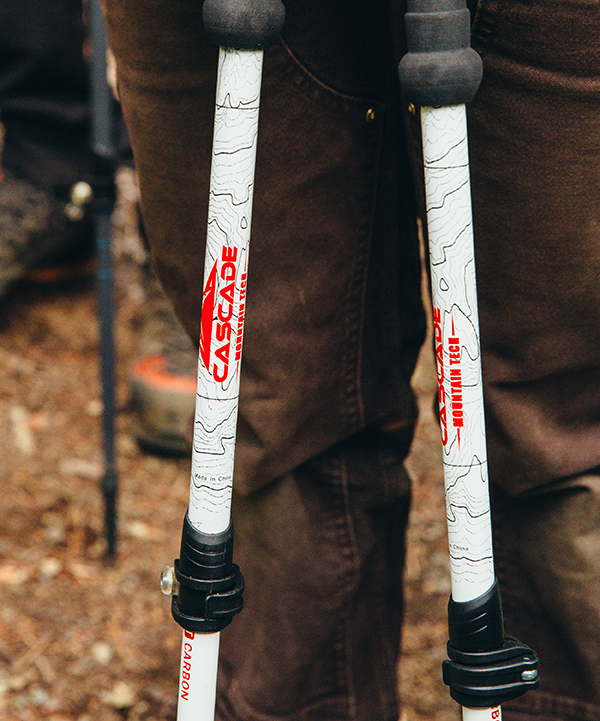
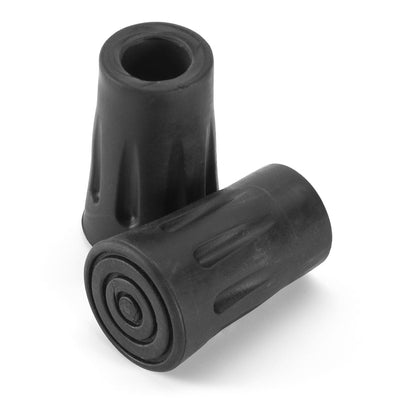
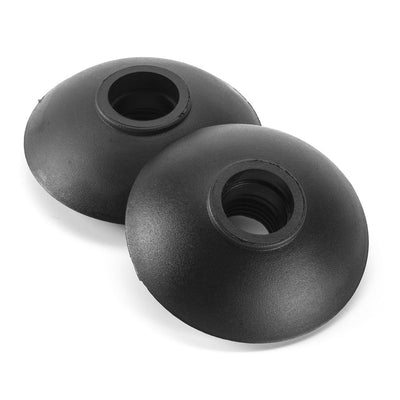
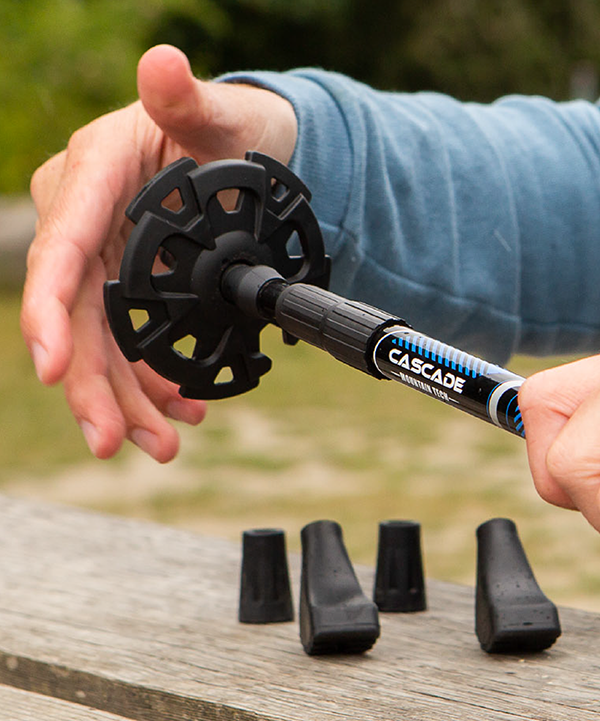
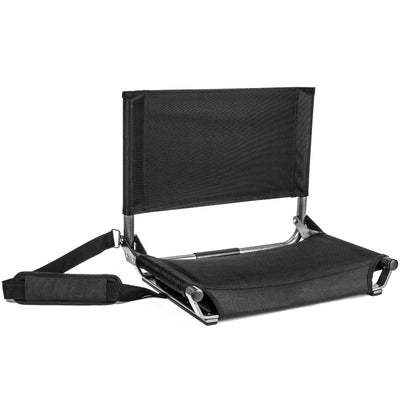
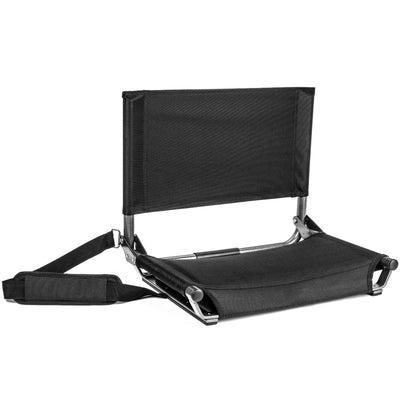
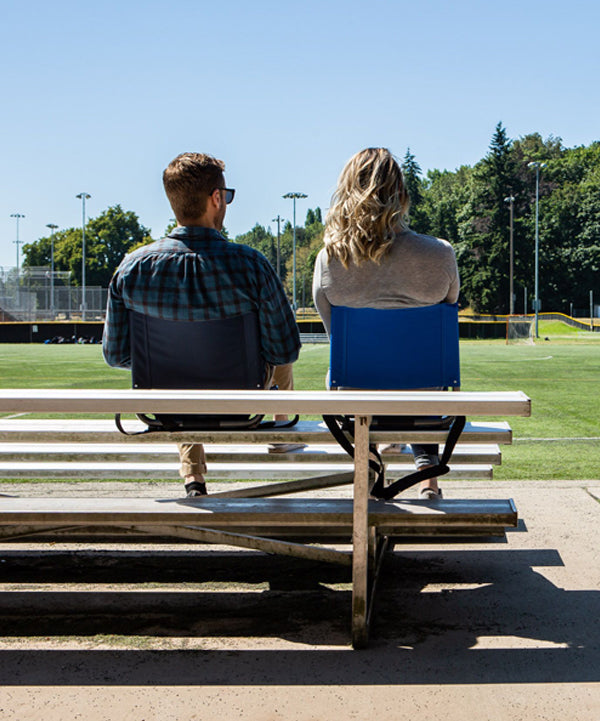
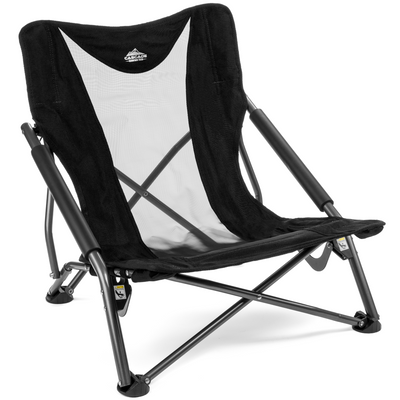
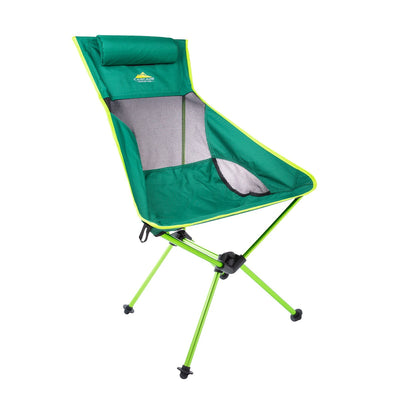
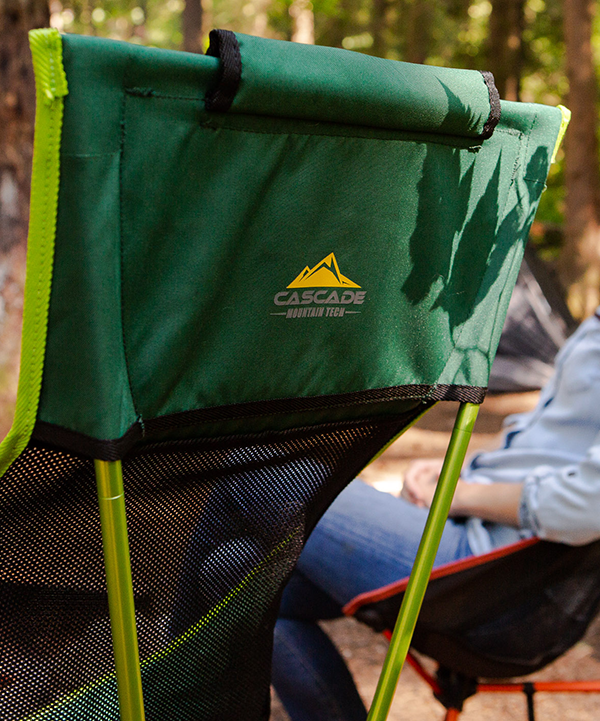
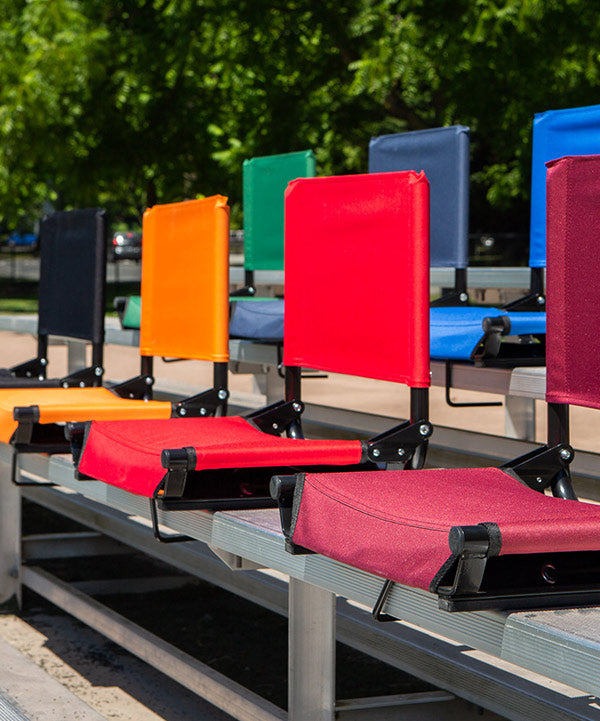
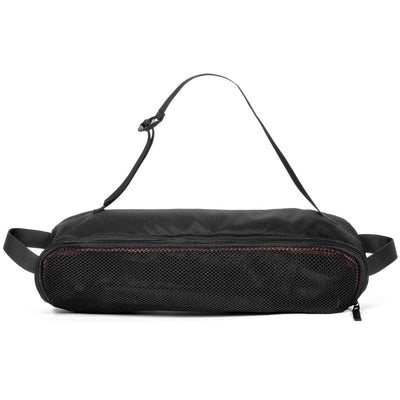
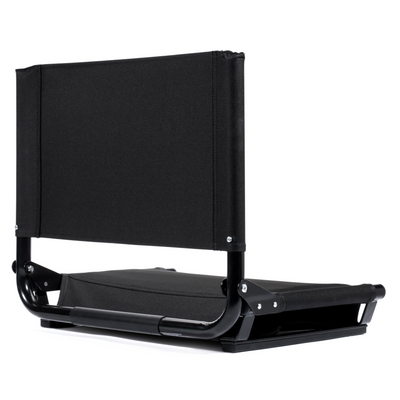
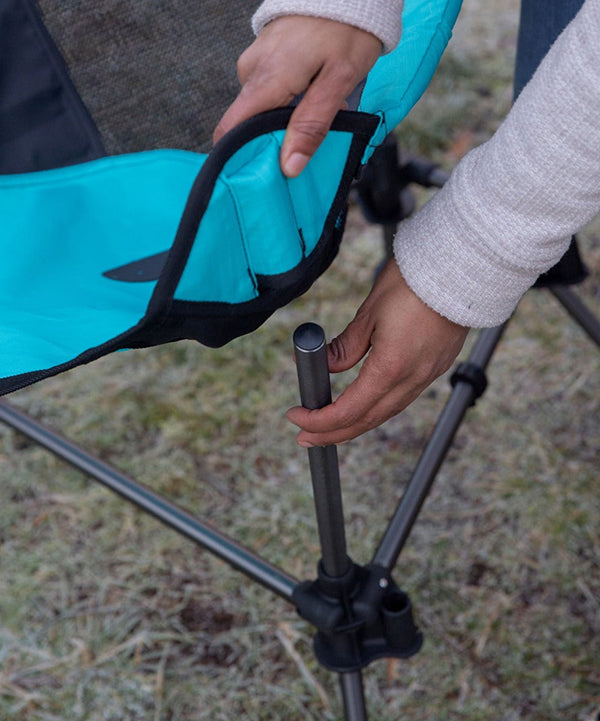
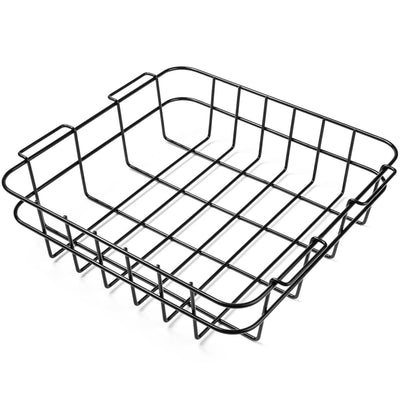

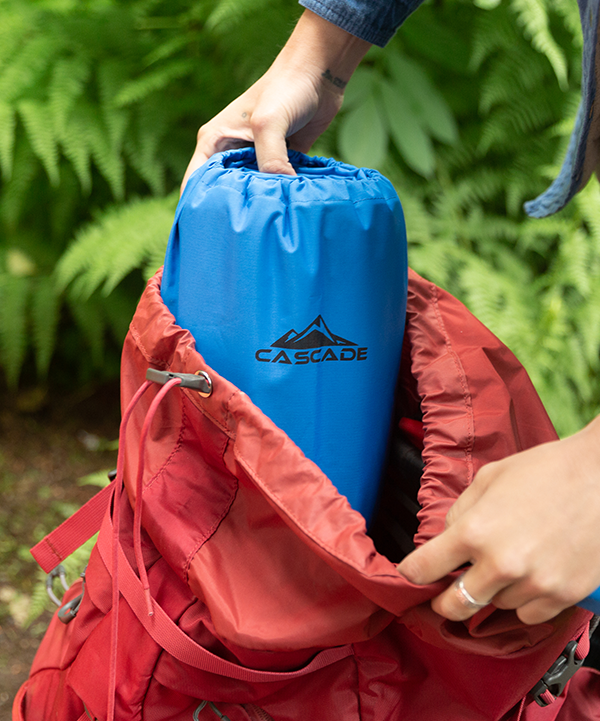
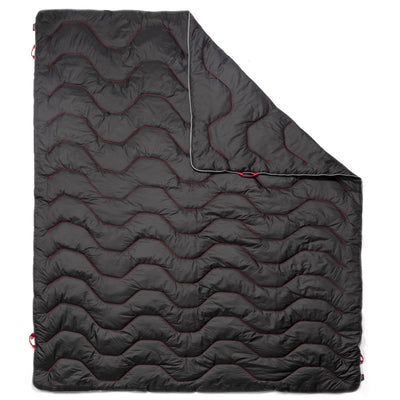
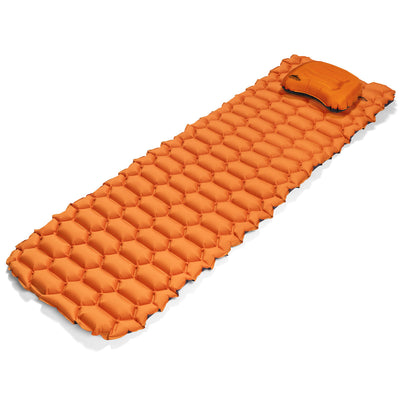
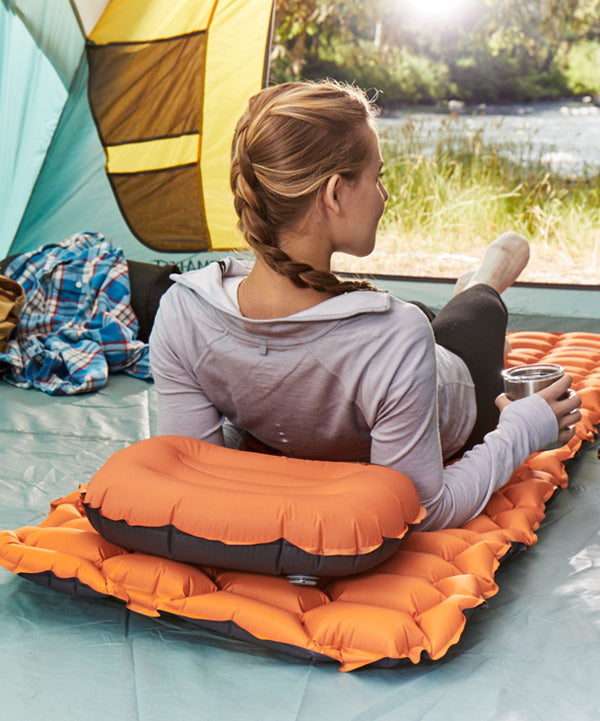
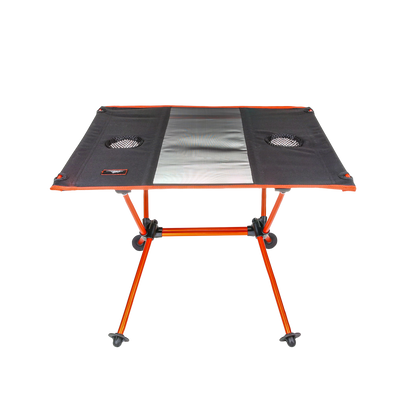
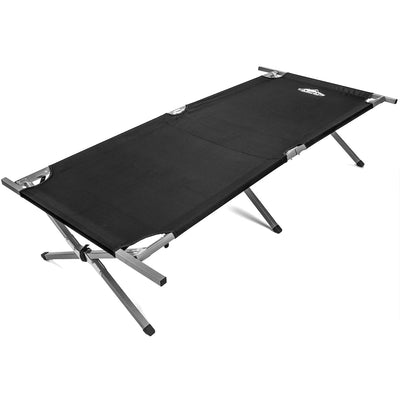
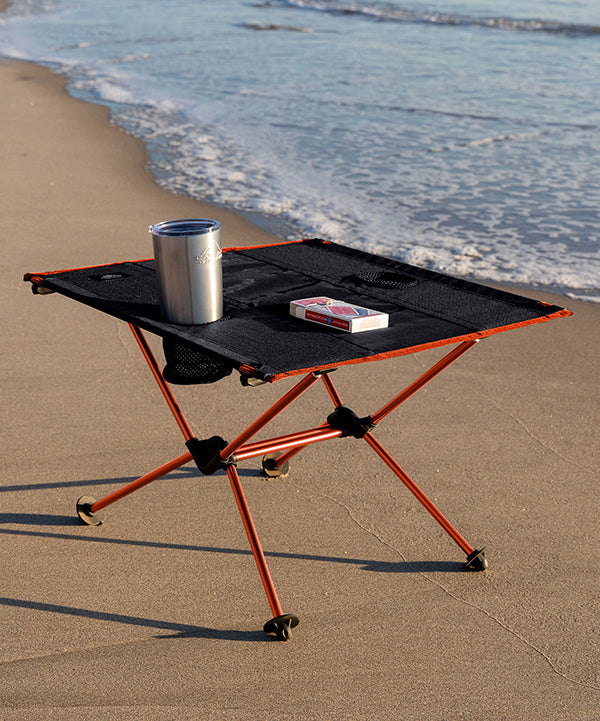
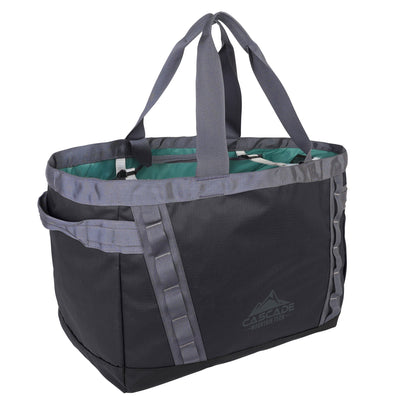
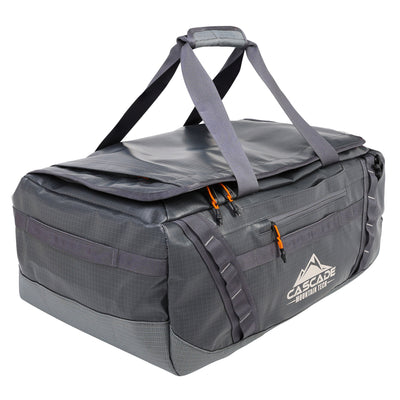
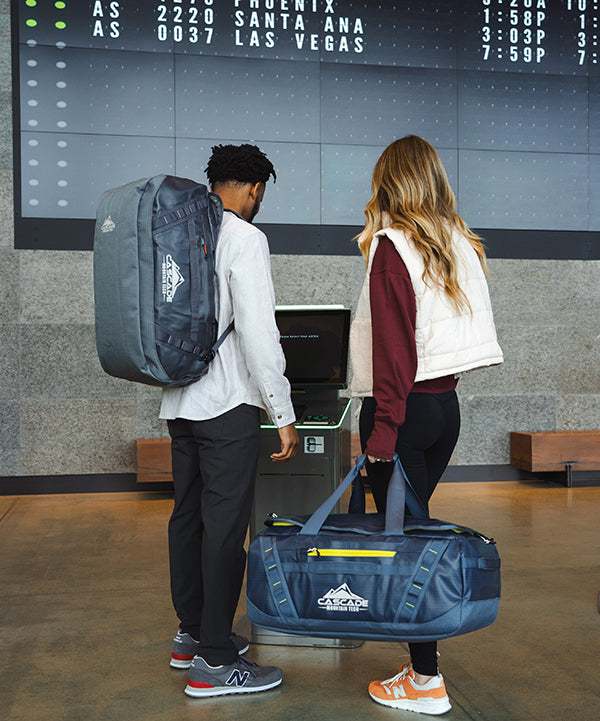
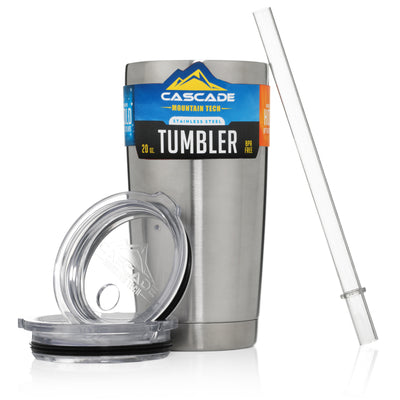
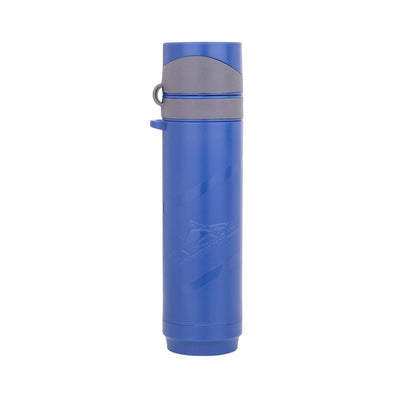
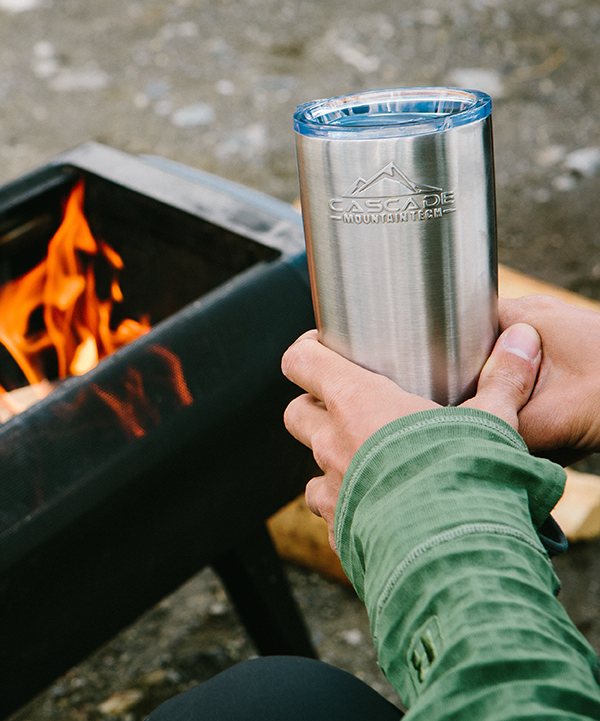
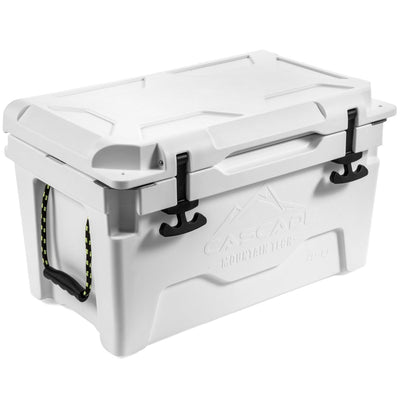
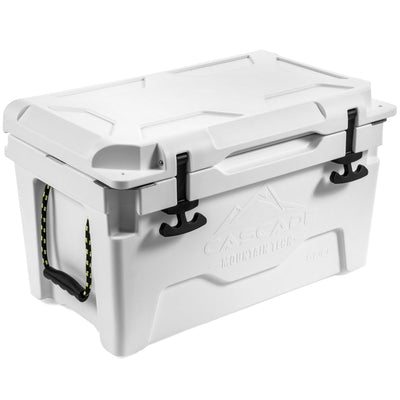
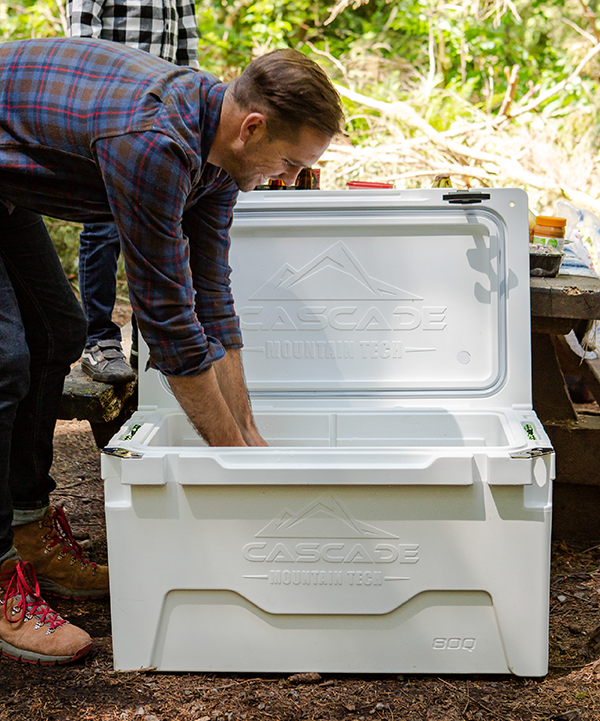
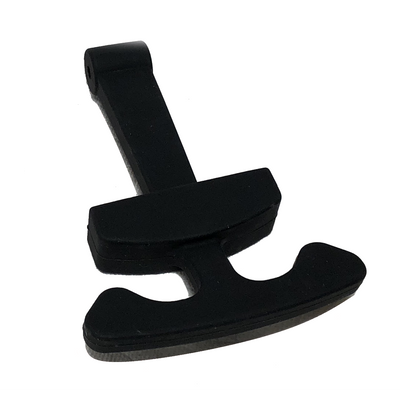
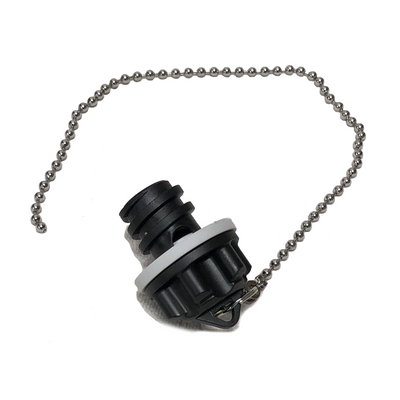
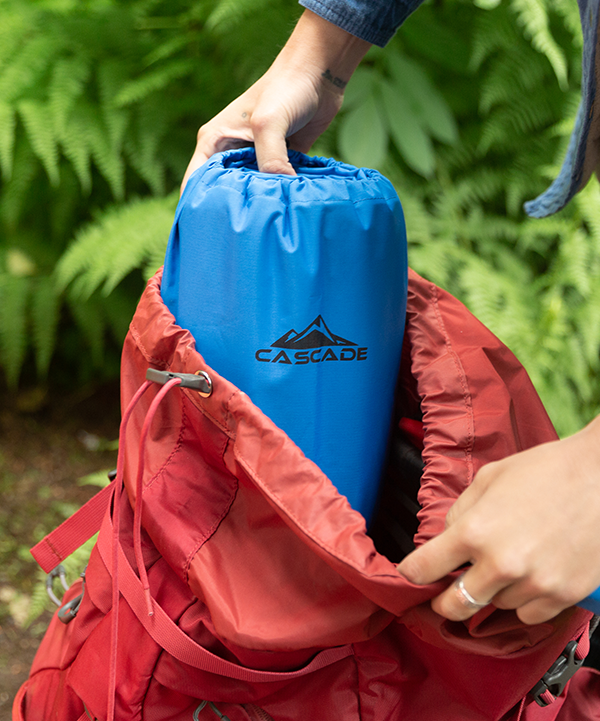
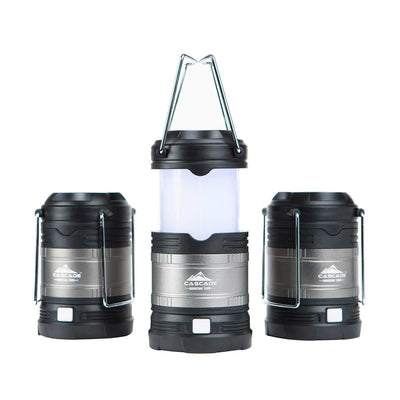
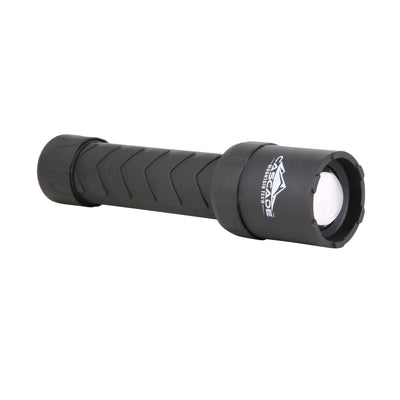
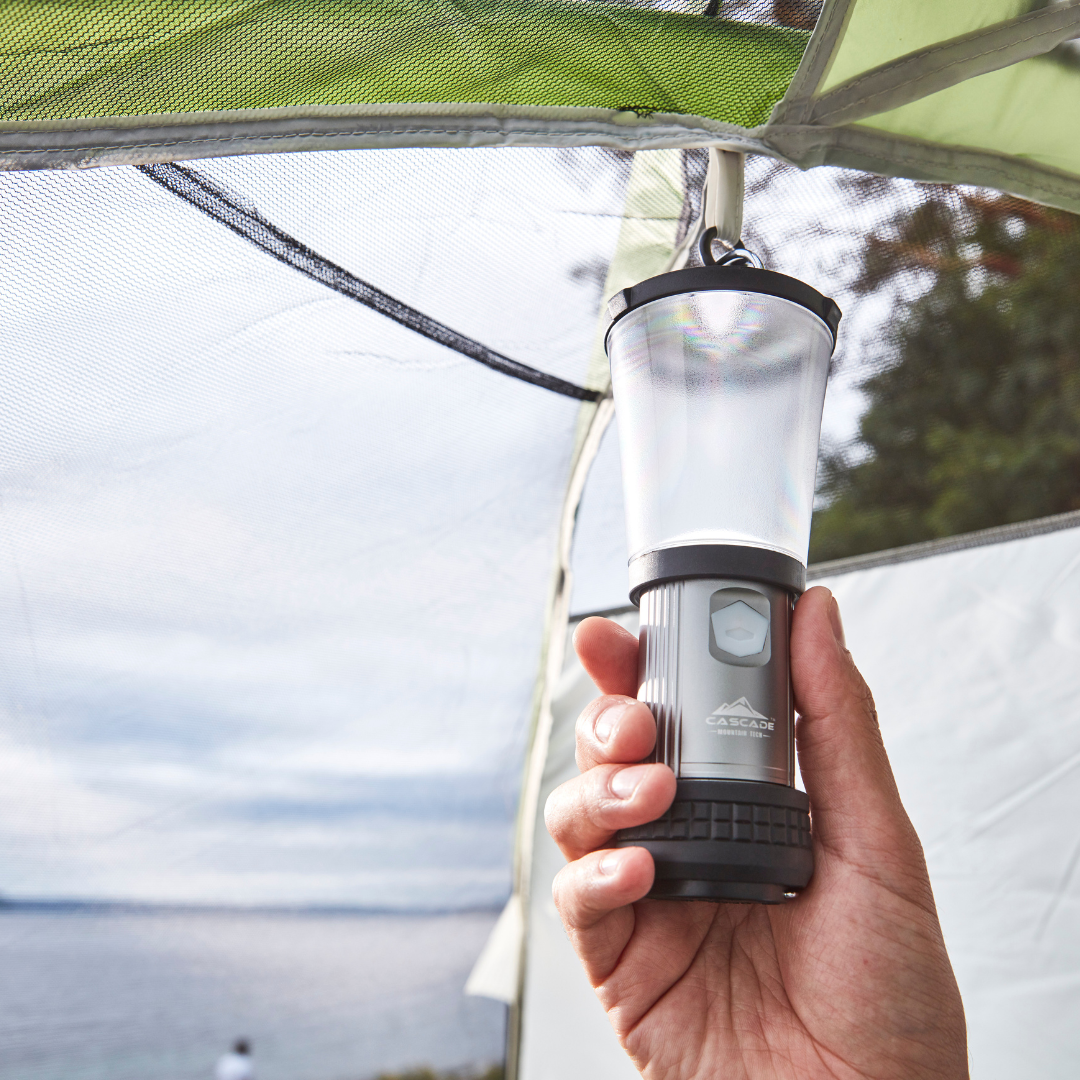
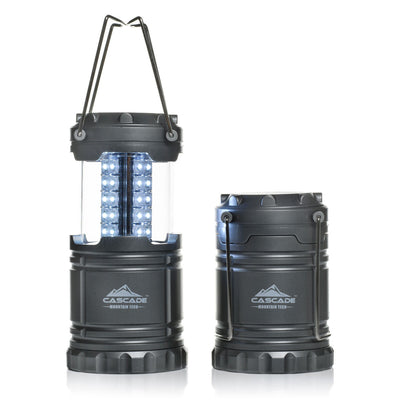
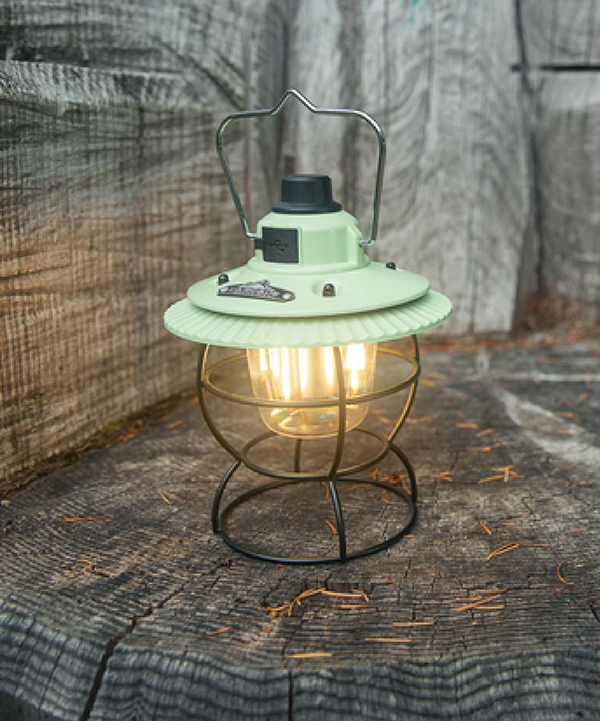

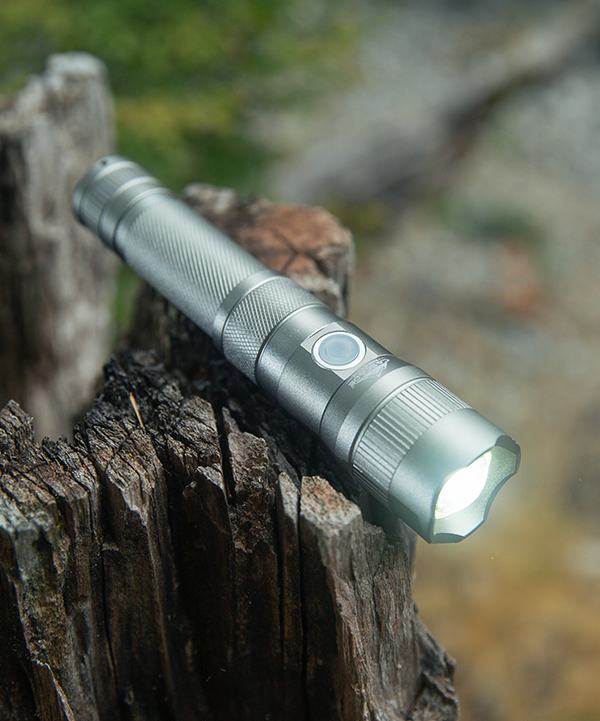
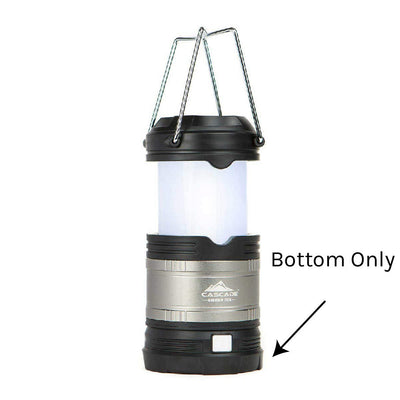
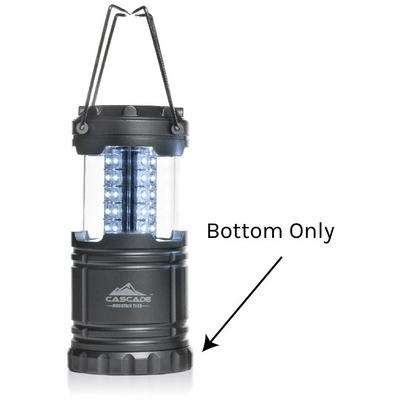
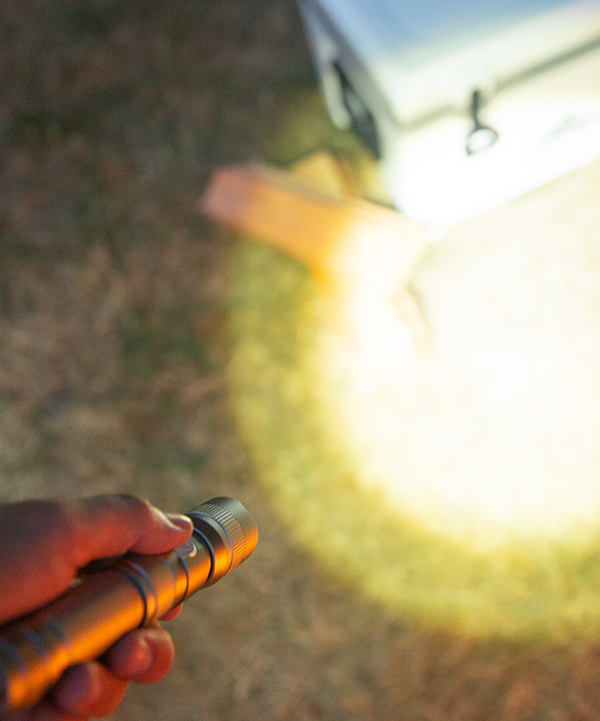
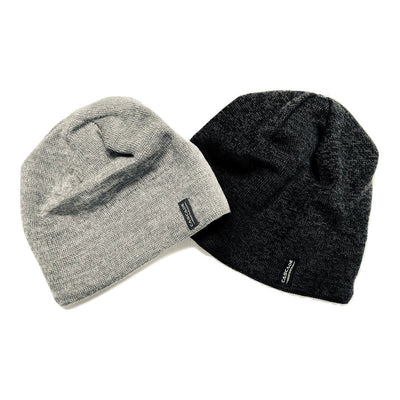
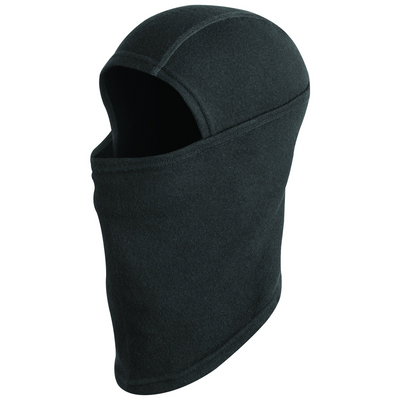
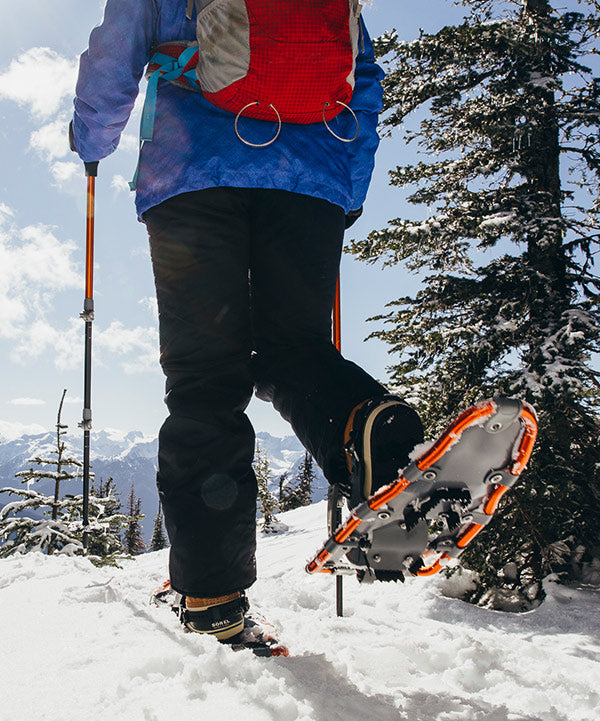
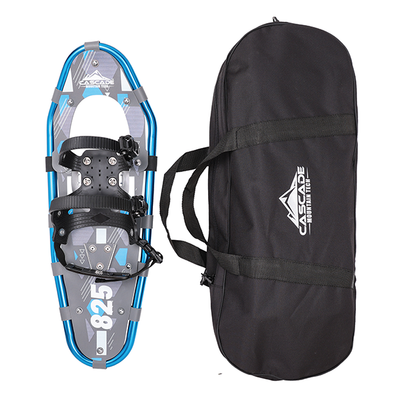
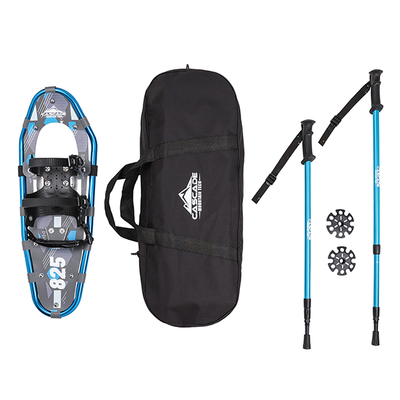
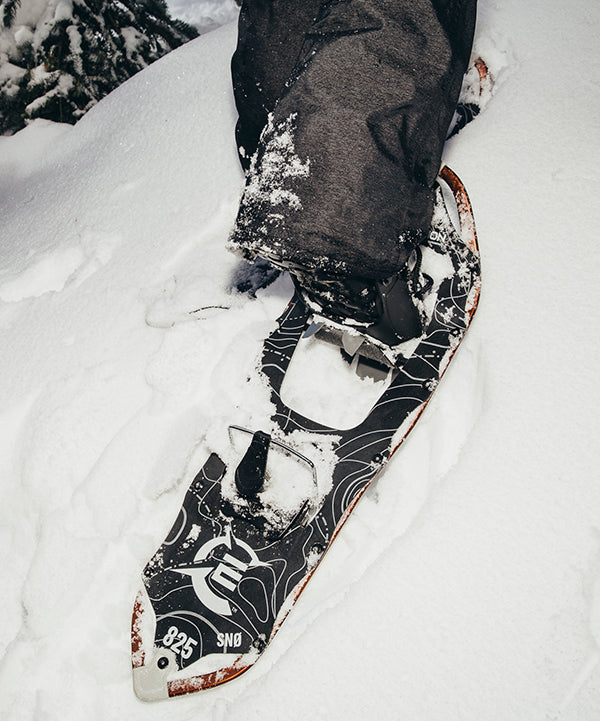

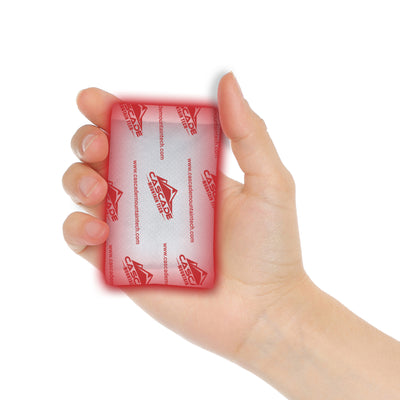
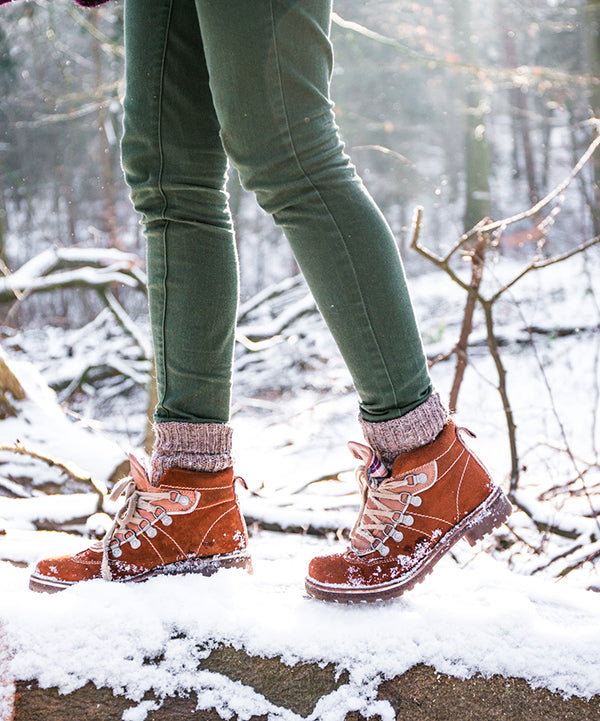
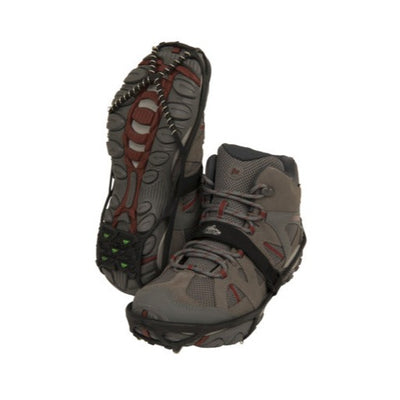
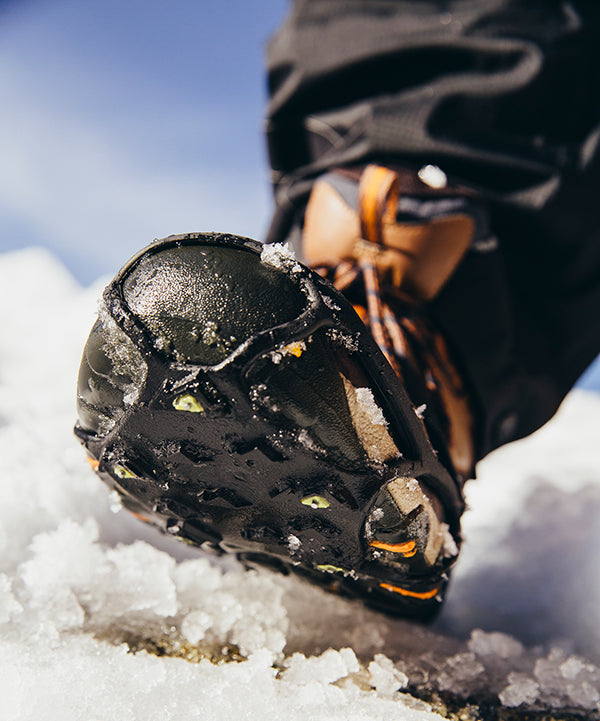
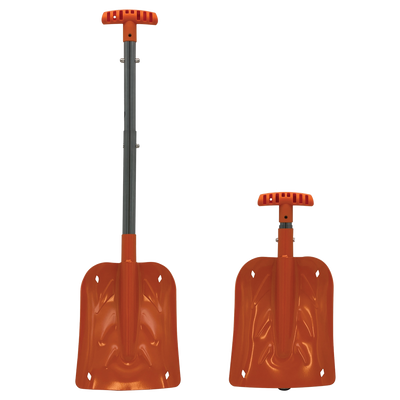
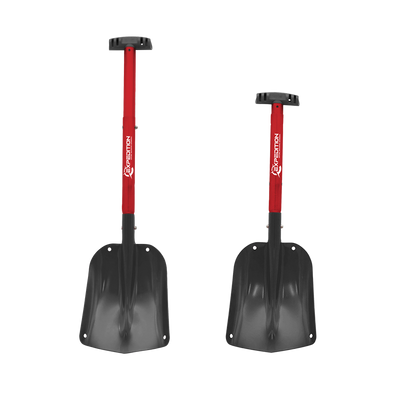
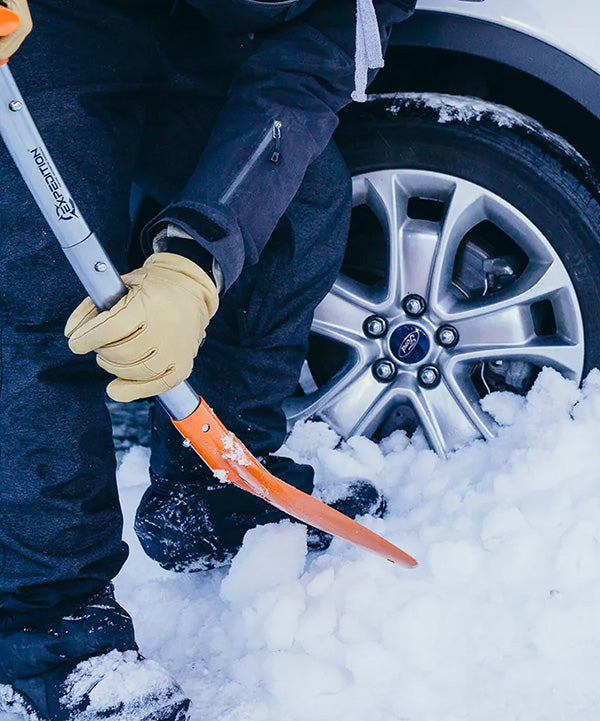
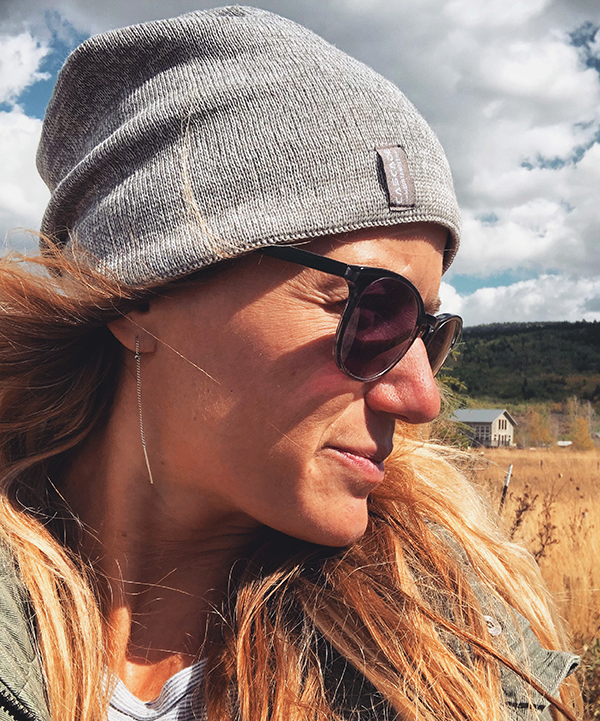
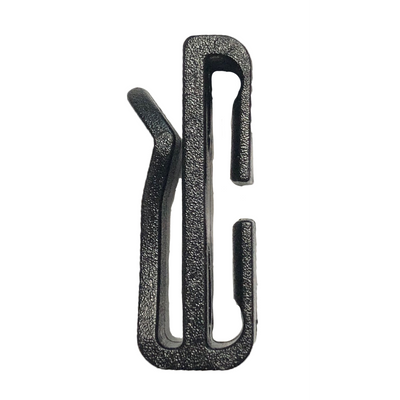
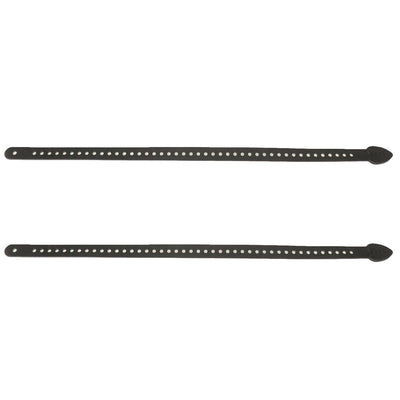
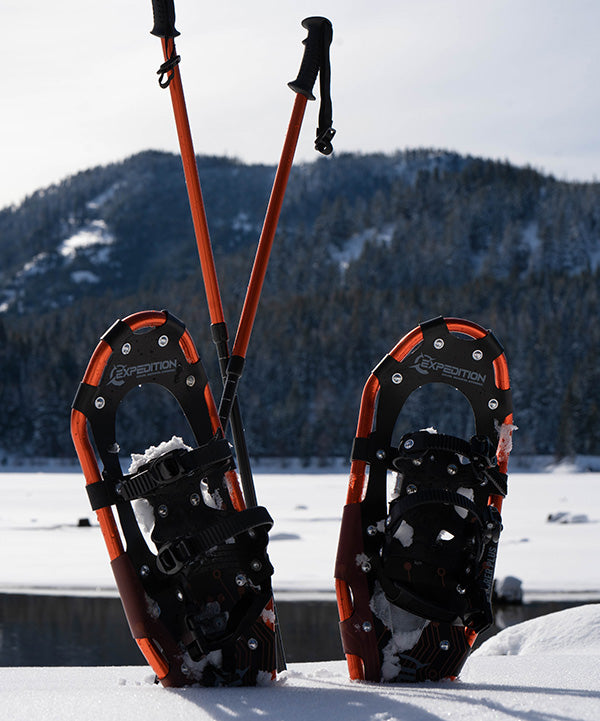













Leave a comment